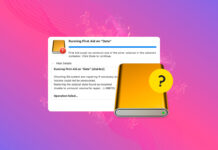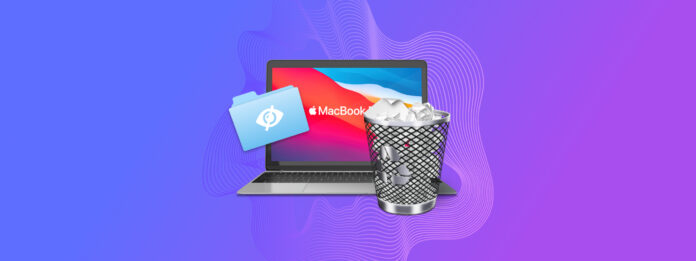
When files are missing on your Mac, it’s possible that they aren’t actually lost – they’re just hidden. Both Mac and Windows machines have a function that hides files from its users until actively disabled in order to keep the operating system running in top shape.
In this article, we show you all the methods to reveal hidden files on Mac, using terminal commands, Mac Finder, the hidden library folder, and more. Read on.
Table of Contents
What are Hidden Files on Mac?
Some files and even entire folders are hidden from users but exist in the file directory on your operating system. Once you show hidden files on Mac, you can engage with them like normal – you can copy, modify, and even delete them.
The reason why users can’t access hidden files on Mac by default is due to how important these files and folders are for the operating system to function properly. If you delete system-critical files by accident, you can crash your operating system and/or cause data loss.
How to Show Hidden Files in Finder
While users by default are not able to view hidden files on Mac, it has a couple of built-in functions that let you reveal those hidden files in Finder.
Method 1. Keyboard Combination
The first method is a keyboard shortcut to show hidden files on Mac. If you want to display hidden files in a specific folder on your Mac, navigate to that folder and press (CMD + Shift + .) – that’s (CMD + Shift + Period).
Files that were marked to be hidden will appear in a slightly lighter shade as regular folders, and the text beneath will appear greyed out. But you should be able to access them now.
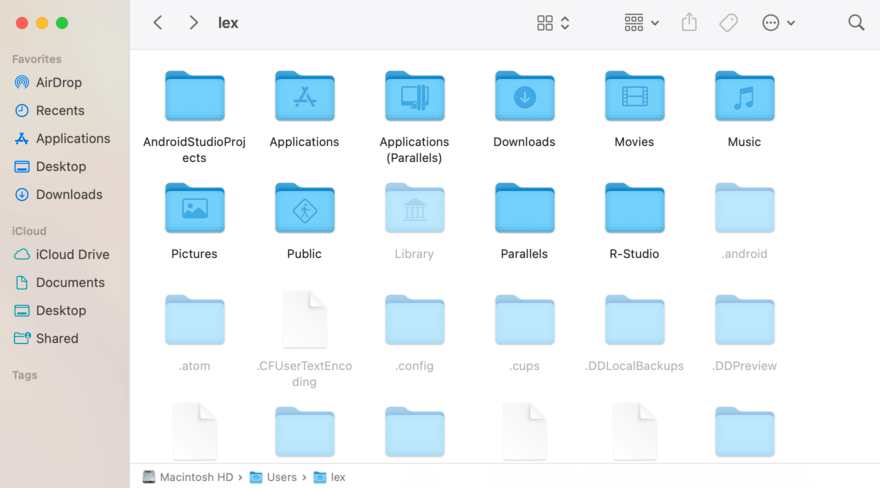
Method 2. Show the Home > Library folder
The Library folder nested in your Home folder is typically hidden by default. It contains files that handle application settings, user settings, and more. Sometimes, however, there are good reasons to access them – such as when you need to modify apps with custom settings. For example, the Application Support folder is where custom MIDI mappings have to be stored for DAWs to be able to use them. Here’s how to unhide them:
Step 1. Open Finder. On the Apple menu bar, click Go > Home.
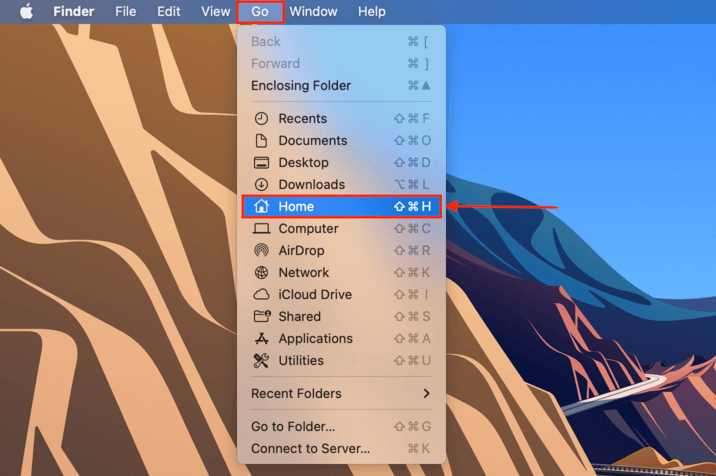
Step 2.Once in the Home folder, on the Apple menu bar, click View > Show View Options.
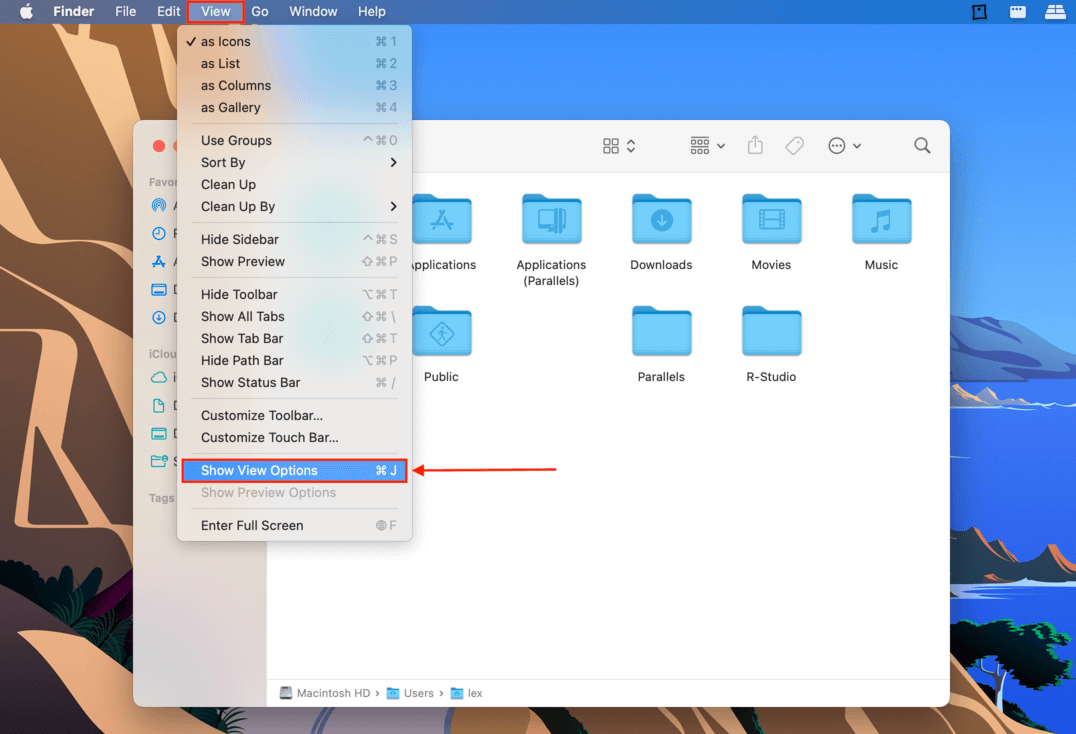
Step 3.On the window that appears, check the box beside the “Show Library Folder” option. You should find the Library folder in your Home folder.
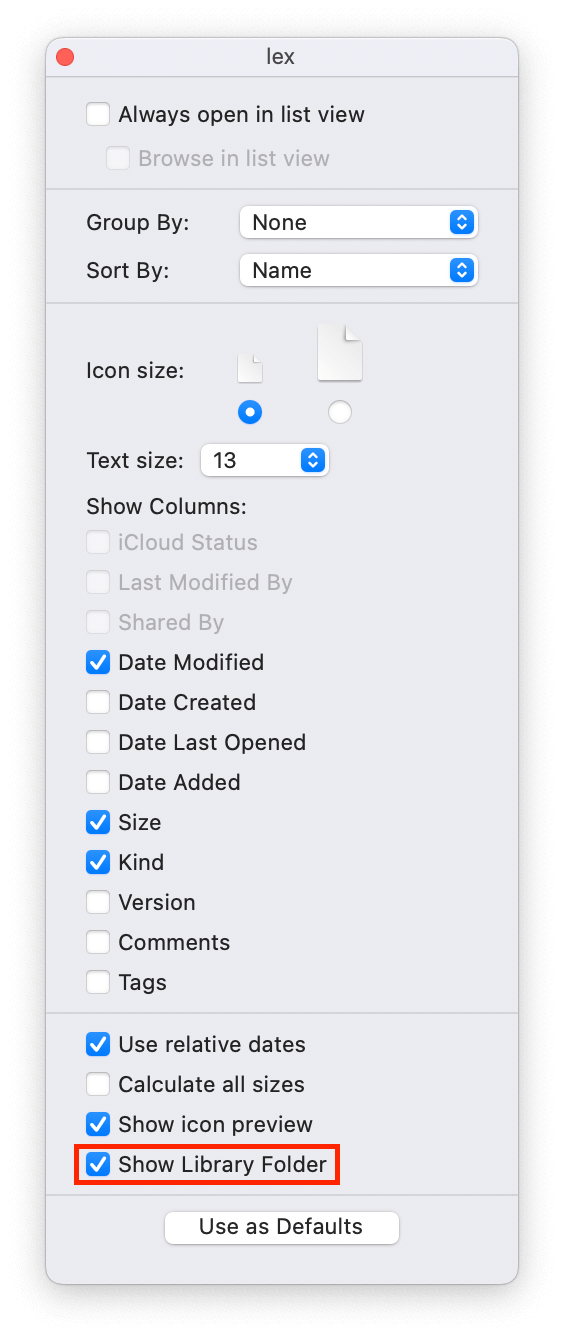
Alternative:
You can also go straight to the Library folder by opening Finder and clicking “Go” on the apple menu bar. Hold the Option button on your keyboard to reveal the Library folder in the Go dropdown menu.
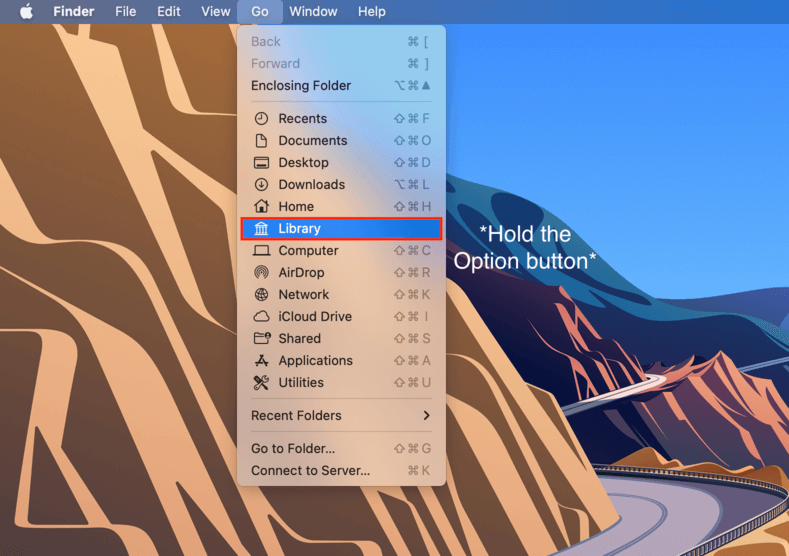
How to Show Hidden Files Using Terminal
If you want to permanently show hidden folders on Mac in any location, you can use a Terminal command that affects the whole file system. Here’s how:
Step 1.Open the Terminal app by opening Finder and navigating to the Applications folder > Utilities > Terminal.
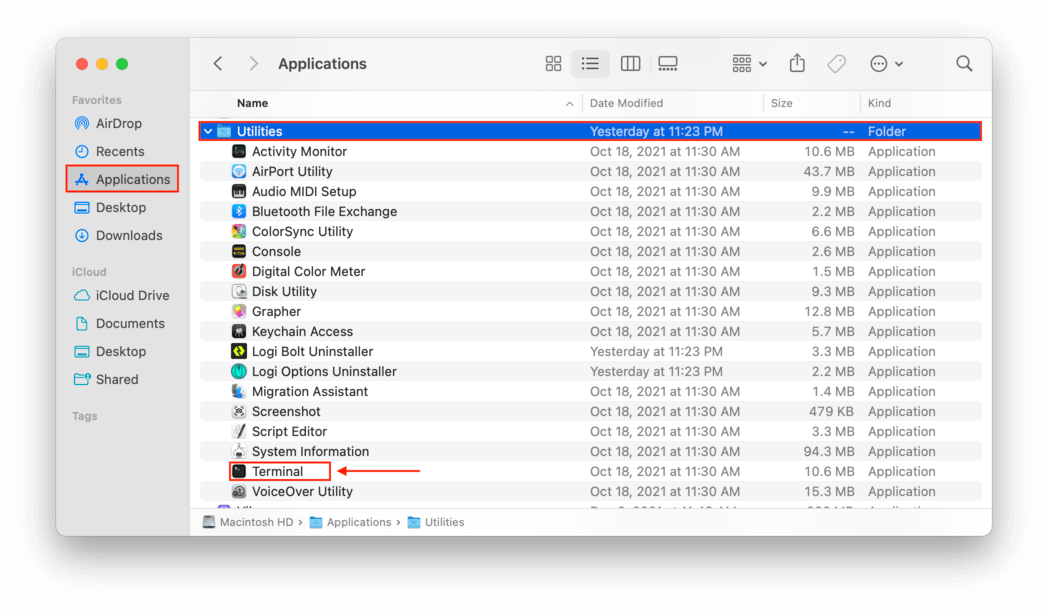
Step 2.Type the following command and press enter:
com.apple.Finder AppleShowAllFiles true
Step 3.To restart Finder and apply the command, type the following again and press enter:
killall Finder
Step 4.To enable hidden files on Mac again, type the following command and press enter:
com.apple.Finder AppleShowAllFiles false
Step 5.Finally, to confirm the command we just used, type the following again and press enter:
killall Finder
How to See Hidden Folders
By default, the ~/Library/ folder is hidden from users as it contains sensitive files that are critical for the operating system to work properly. To permanently enable the ~/Library/ folder and show hidden directories found there, you can again use a Terminal command to apply this setting.
Step 1.Open the Terminal app by opening Finder > Applications > Utilities > Terminal app.
Step 2.Type the following command and press enter:
chflags nohidden ~/Library/
Step 3.To reverse this setting, type the following command into Terminal and press enter:
chflags hidden ~/Library/
What to Do If Hidden Files Weren’t Found
If you’ve gotten this far into the article and you still can’t find your files on your Mac, they may no longer be hidden but actually deleted or lost by accident. If they aren’t even in your Trash folder, you’ll need to use data recovery software. Don’t worry – the app we’ll be using is super intuitive and easy-to-use even for the least tech-savvy users out there. Just follow along these steps:
Step 1.Download and install Disk Drill from the Cleverfiles official website.
Step 2.Launch Disk Drill by opening Finder > Applications and double-clicking Disk Drill.
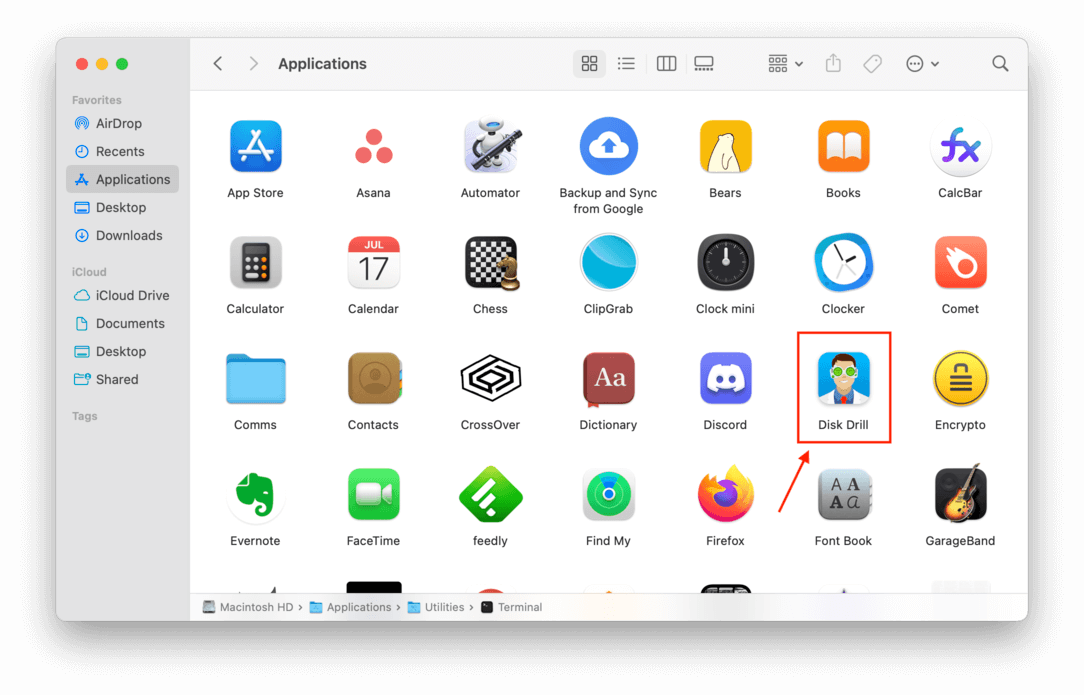
Step 3.Select the disk where your files were located. For Mac, it’s the same disk where your OS was installed. Leave all the default settings for the best chance of recovering your files, and click “Search for lost files” on the bottom right corner of the window.
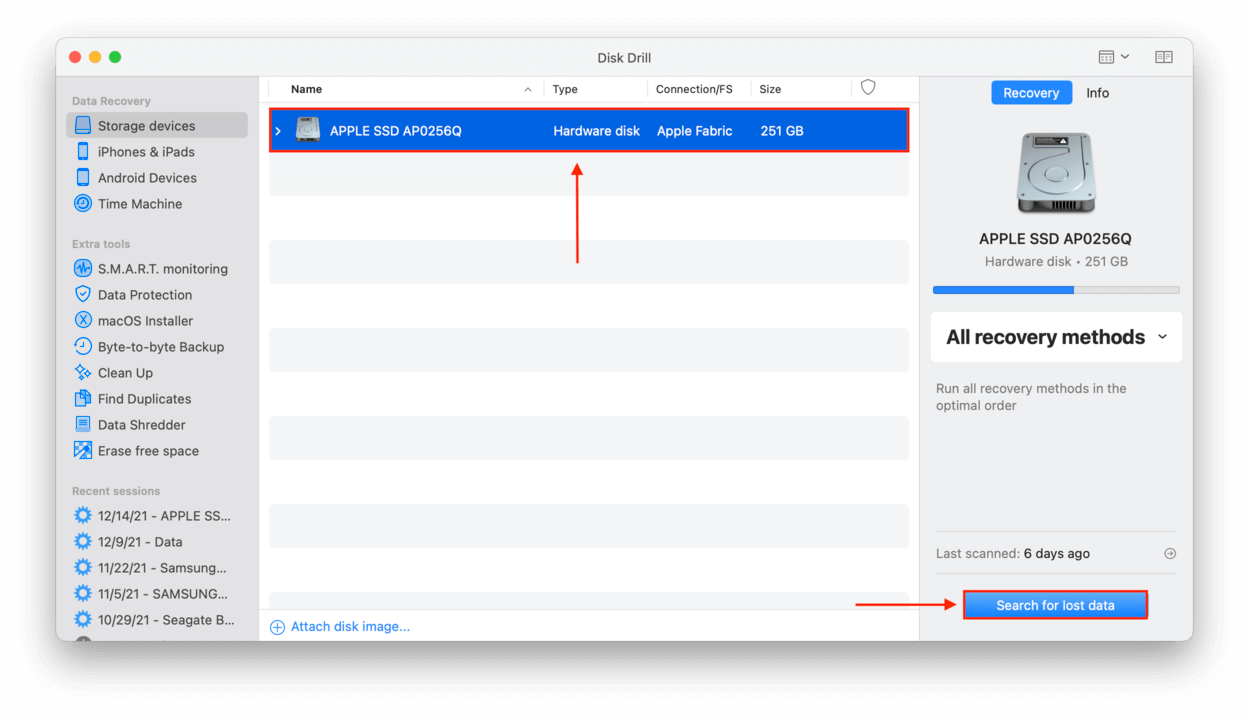
Step 4.Let Disk Drill complete the scan. Depending on the size of your drive, it should only take a couple of minutes. Once it completes the scan, click “Review found items” at the bottom right corner of the window.
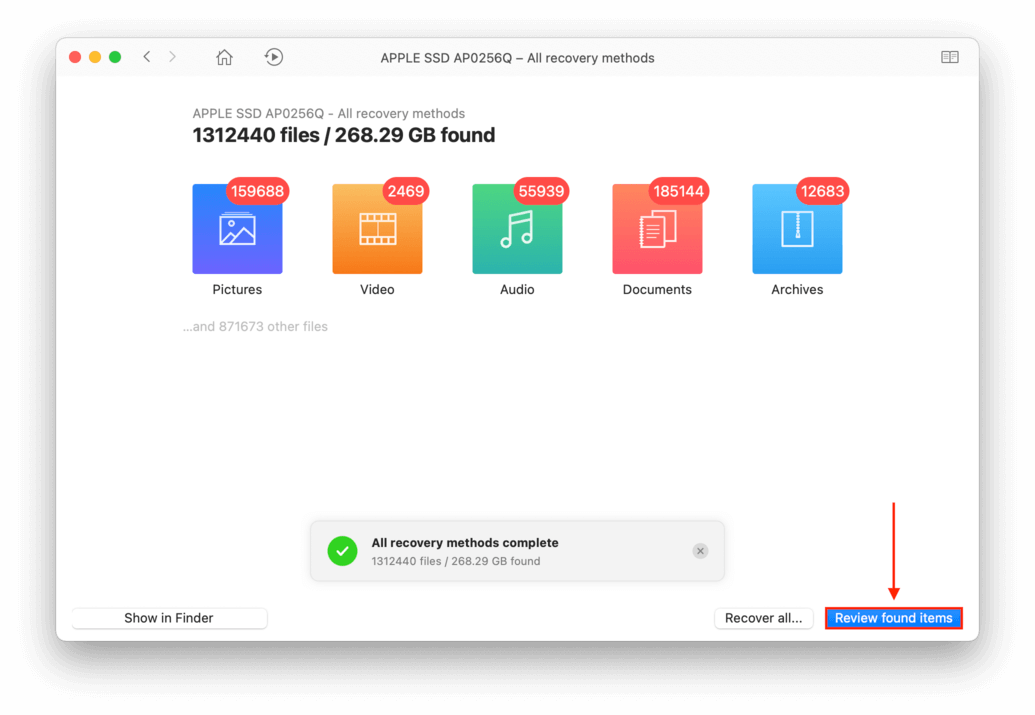
Step 5.If you know the file type you’re looking for, you can filter the list using the options on the left sidebar. You can also preview your files by hovering your mouse beside the filename until the eye icon appears.
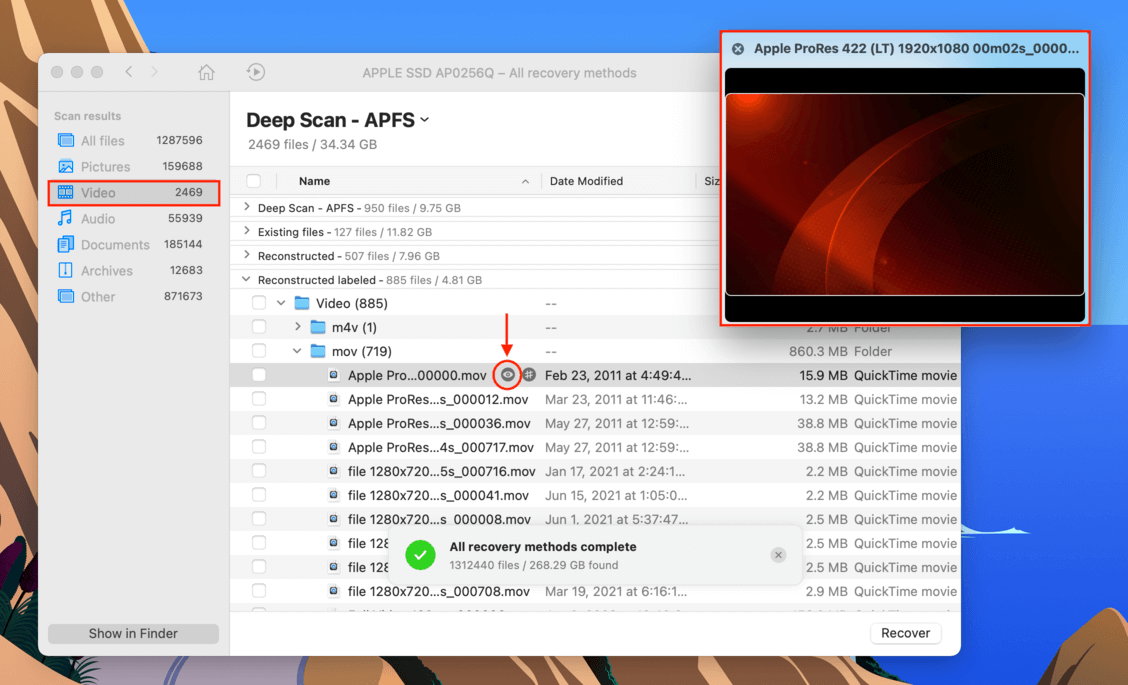
Step 6.To proceed with recovery, check the box beside the files you want to recover and click the “Recover” button at the bottom right corner of the window.
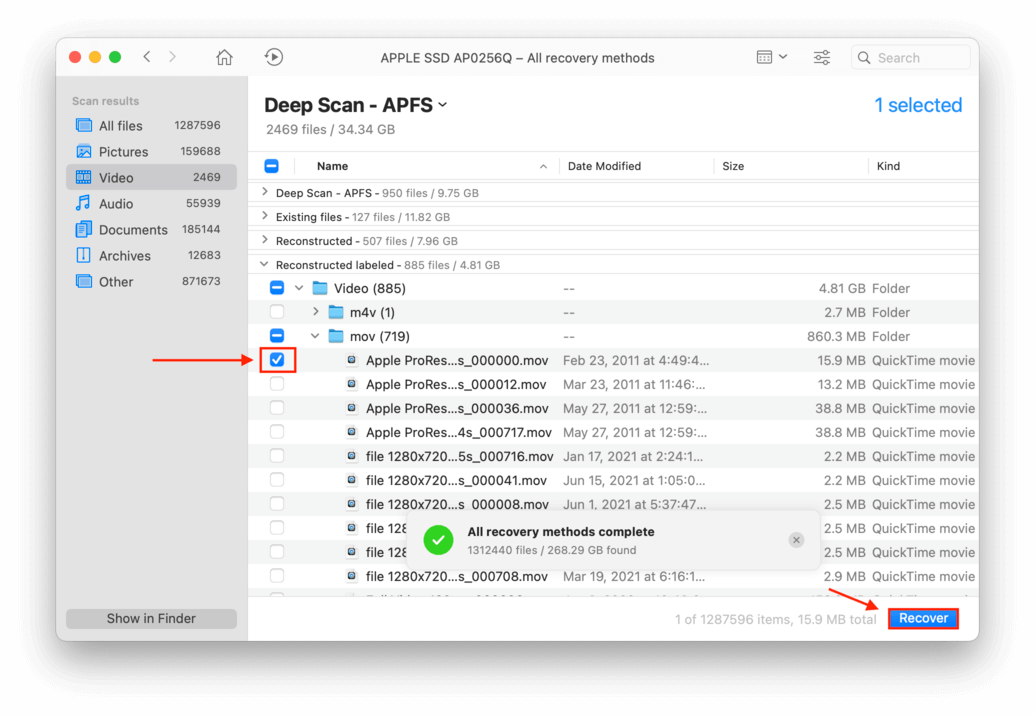
Step 7.On the popup that appears, use the dropdown menu to select the destination folder for the files you want to recover.
Note: Disk Drill Basic does not offer free data recovery. However, it does offer free unlimited file preview – this is super important to make sure that your files are still recoverable by software.
FAQ
Mac systems allow you to hide photos and videos to a Hidden album, making them disappear from your Library, albums, or even the Photos widget if you enabled it on your Home Screen. You can even turn off the Hidden album if you want that extra security.
- Open the Photos app by opening Finder > Applications > Photos.
- On the Apple menu bar, click the View button and click the “Show Hidden Photo Album” option on the dropdown menu.
- In the sidebar that appears, click “Hidden.”
- Select the items you want to unhide, then on the Apple menu bar, select Image > Unhide Photo.
To find the Hidden album, which is off by default, do the following:
- Open the Photos app by opening Finder > Applications > Photos.
- On the Apple menu bar, click View > Show Hidden Photo Album.
The CoreServices folder contains the hidden utilities folder that houses a lot of useful system applications on your Mac. This folder is different from the Utilities folder in your Applications folder. To access it, do the following:
- Open Finder, then on the Apple menu bar, click Go > Computer.
- Open the Macintosh HD folder and navigate to the Systems folder, and then open the nested Library folder. This is where you’ll find CoreServices.
iPhone does not let you view hidden system files as they can disrupt the phone’s ability to function. There aren’t even any third party tools that can accomplish this. However, you just want to unhide photos from your iPhone, do the following:
- Open the Photos app, and navigate to Albums.
- Scroll down until you find the “Hidden” option below the Utilities section.
- Tap it, then tap the photos you want to unhide.
Conclusion
Mac’s hide and unhide features are extremely useful not only for protecting the operating system from getting disrupted, but also for giving users more flexibility over their device. However, always remember to regularly back up your data before handling sensitive files.
We recommend reading our article on how to use Time Machine’s backup feature for a free and easy way to secure your files before diving into Mac hidden folders.


